Gastronomy of Peru, Peruvian cuisine is a vibrant and diverse culinary tapestry that reflects the country’s rich history, multicultural influences, and abundant natural resources. Often hailed as one of the world’s most exciting culinary destinations, Peru offers a fusion of indigenous traditions, Spanish colonial heritage, African and Asian influences, and modern creativity. From the iconic ceviche to the mysterious and ancient grains of the Andes, Peruvian food captivates the senses and tells a compelling story of a nation’s culinary evolution. In this exploration of Peruvian cuisine, we will delve into its historical roots, regional diversity, iconic dishes, street food culture, and global influence.
Historical Roots:
Peruvian cuisine is a testament to the country’s deep historical roots, dating back thousands of years to pre-Inca civilizations like the Moche, Nazca, and Wari. These early cultures cultivated indigenous ingredients such as potatoes, maize (corn), quinoa, and ají peppers, many of which remain integral to Peruvian cooking.
The Inca Empire, which flourished in the 15th century, brought its own culinary traditions and ingredients to the table, including potatoes and the slow-cooked, highly seasoned meat dish known as pachamanca. However, it was the arrival of Spanish conquistadors in the 16th century that marked a significant turning point in Peruvian cuisine. The Spanish brought new ingredients like wheat, rice, and livestock, as well as culinary techniques that melded with indigenous traditions to create the mestizo cuisine that characterizes much of Peru’s culinary identity.
Regional Diversity:
Peru’s geographical diversity is a hallmark of its cuisine. From the arid coastal regions to the soaring Andes Mountains and the lush Amazon rainforest, each area of the country offers its own unique ingredients and culinary traditions. Some of the most notable culinary regions include:
- Costa (Coast): The coastal regions of Peru, including Lima, are known for their seafood. Ceviche, a dish of fresh fish or seafood marinated in lime or bitter orange juice and mixed with ají peppers, onions, and cilantro, is a coastal speciality. Chalacas, a type of mussels, and tiradito, a variation of ceviche with sliced fish, are also popular coastal dishes.
- Sierra (Highlands): In the highlands of the Andes, ingredients like potatoes, quinoa, and alpaca are staples of the diet. Dishes such as pachamanca, a mixed meat and vegetable dish cooked underground, and rocoto relleno, a spicy stuffed pepper dish, are well-loved in the sierra region.
- Selva (Jungle): The Amazon rainforest offers a rich bounty of exotic fruits, fish, and game. Dishes like juane, a rice and meat tamale wrapped in bijao leaves, and tacacho, a mashed and fried green plantain dish, are jungle favourites.
- Andes: The high-altitude region of the Andes is known for its potato varieties and hearty soups like chuño, made from freeze-dried potatoes, and locro de zapallo, a pumpkin soup.
- Arequipa: This region in the south of Peru is famous for its cuisine, including dishes like rocoto relleno (stuffed hot peppers), adobo (a spicy pork stew), and chupe de camarones (shrimp chowder).
Iconic Dishes:
Peruvian cuisine boasts an array of iconic dishes that are cherished both within the country and around the world. These dishes encapsulate the rich, diverse flavours of Peruvian food. Some of the most famous Peruvian dishes include:
- Ceviche: This dish of fresh seafood, typically fish or shrimp, marinated in citrus juice and served with onions, ají peppers, and cilantro, is a symbol of Peru’s culinary prowess.
- Lomo Saltado: A stir-fried beef dish that combines marinated strips of beef with onions, tomatoes, and French fries, often served with rice.
- Anticuchos: Skewers of marinated and grilled beef heart, served with potatoes and a spicy peanut sauce.
- Aji de Gallina: A creamy chicken stew with aji amarillo (yellow chili) sauce, served with rice, hard-boiled eggs, and black olives.
- Papa a la Huancaína: A potato dish featuring sliced boiled potatoes covered in a creamy sauce made from queso fresco (fresh cheese) and ají amarillo.
- Causa: A dish made with layers of mashed yellow potatoes filled with various ingredients, such as avocado, chicken, or seafood.
Street Food Culture:
Peru’s street food culture is vibrant and offers a sensory-rich experience. On the streets of cities like Lima, you’ll find vendors serving an array of delicious and affordable treats. From empanadas and tamales to anticuchos and ceviche, street food is an integral part of Peruvian life.
A must-try street food is the classic pan con chicharrón, a sandwich filled with crispy pork and sweet potato slices. Other popular street snacks include picarones, deep-fried rings of sweet potato and squash, and salchipapas, a dish combining sliced sausages with French fries.
Influence on the Global Culinary Scene:
Peruvian cuisine’s influence on the global culinary scene has grown significantly in recent years. Restaurants serving Peruvian dishes and flavours have sprung up in major cities worldwide, showcasing the country’s culinary excellence. Peruvian ingredients such as ají amarillo, quinoa, and Amazonian fruits have become trendy in international kitchens.
The rise of prominent Peruvian chefs, such as Gastón Acurio, Virgilio Martínez, and Pía León, has helped to spread the popularity of Peruvian cuisine. These chefs have used their creativity and knowledge of traditional ingredients to bring Peruvian food to the global stage. Their innovative approaches have elevated Peruvian cuisine and drawn attention to its incredible diversity.
Challenges and Opportunities:
Peruvian cuisine faces various challenges and opportunities. The demand for traditional ingredients and flavours provides an opportunity for sustainable farming practices and the preservation of culinary heritage. Initiatives that support small-scale farmers and the conservation of native ingredients can help maintain the authenticity of Peruvian cuisine.
Health and nutrition are important considerations, especially given the growing popularity of Peruvian dishes. Promoting balanced and nutritious diets can contribute to the well-being of the population while preserving culinary traditions.
In conclusion, Peruvian cuisine is a fascinating journey through a country that boasts a rich tapestry of flavours, ingredients, and traditions. From the coastal love affair with ceviche to the Andean heartiness of lomo saltado and the exotic delights of the Amazon rainforest, Peruvian food is a celebration of culture, history, and culinary artistry. Whether savouring a plate of ceviche by the sea in Lima or exploring the flavours of the Andes in Cusco, the essence of Peruvian culinary tradition is a testament to the nation’s passion for food, its reverence for tradition, and its unyielding creativity in the kitchen.


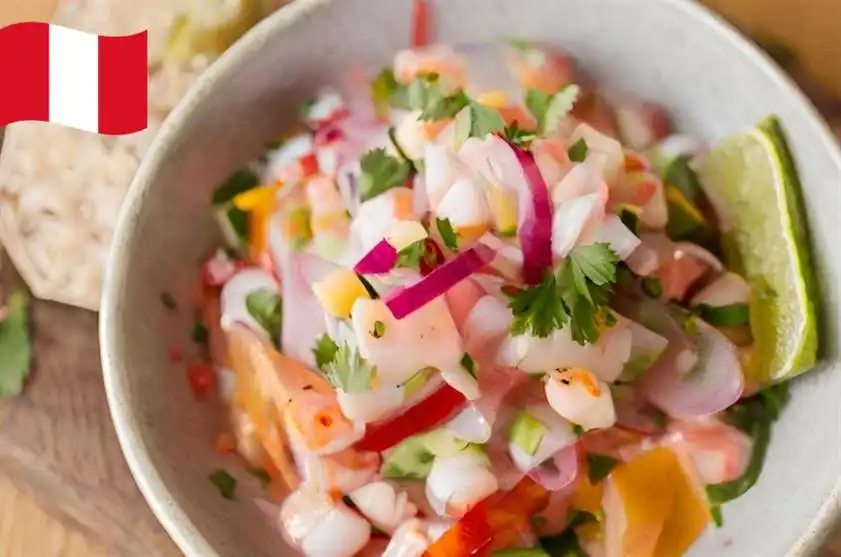
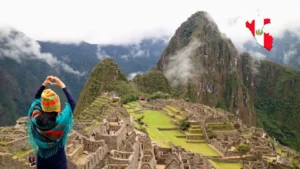
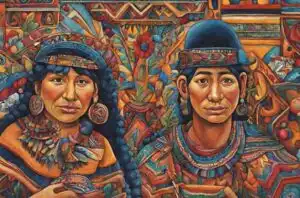
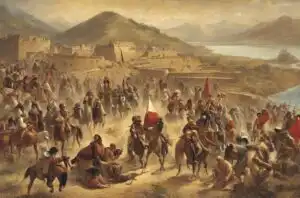
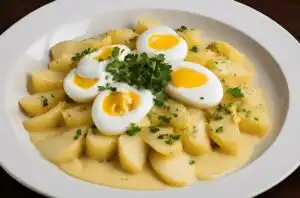
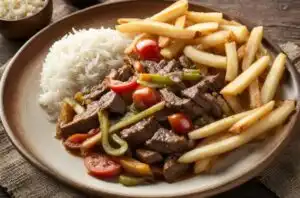
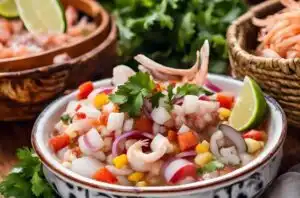
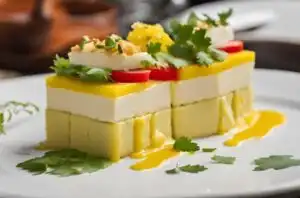
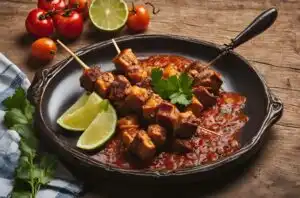
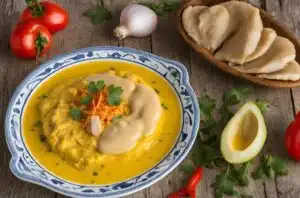

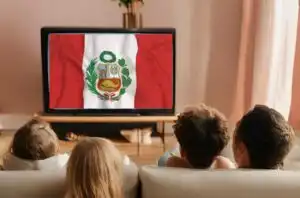
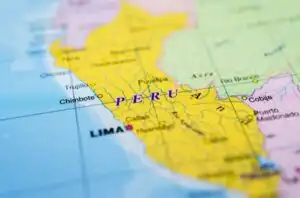
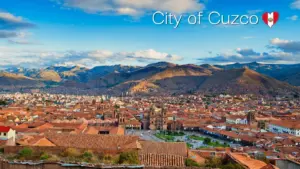
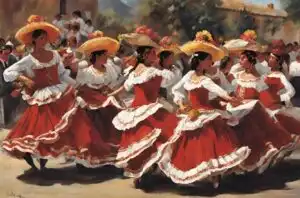

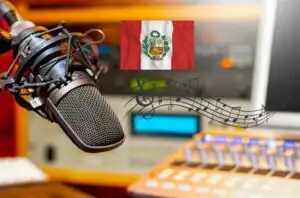
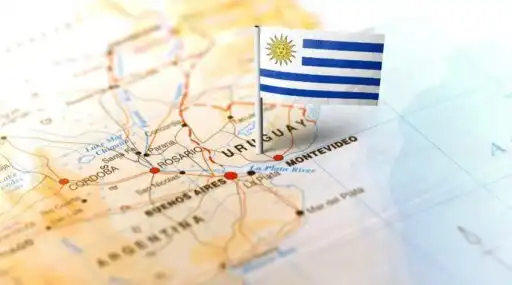


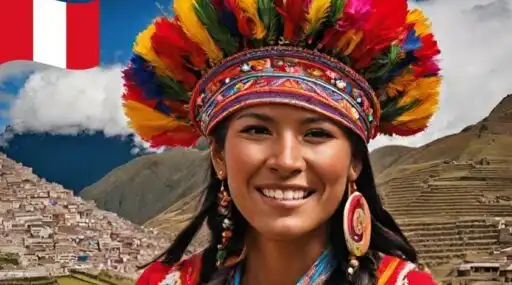

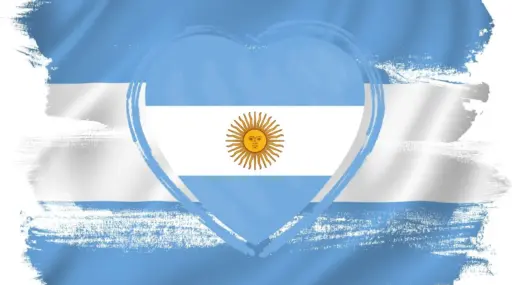




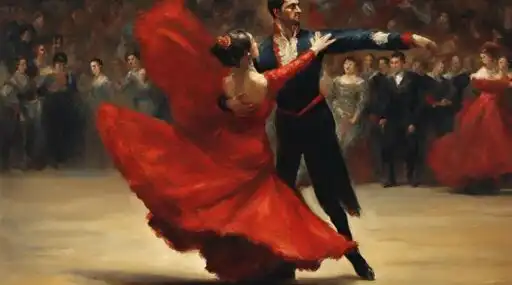
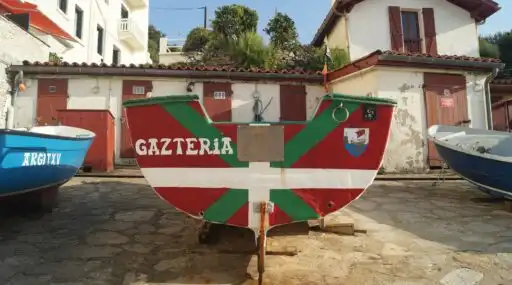
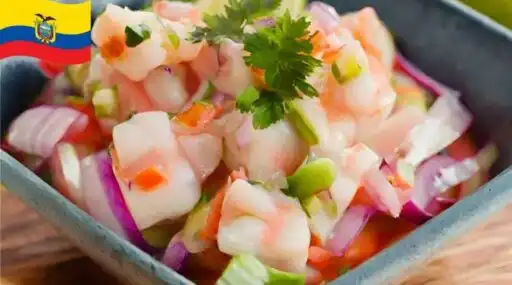
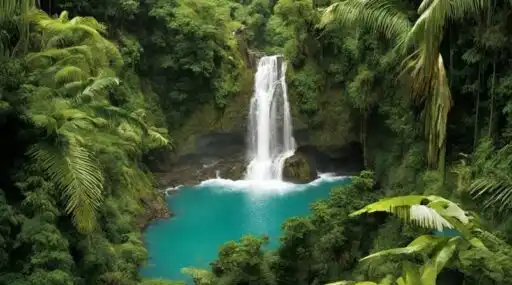
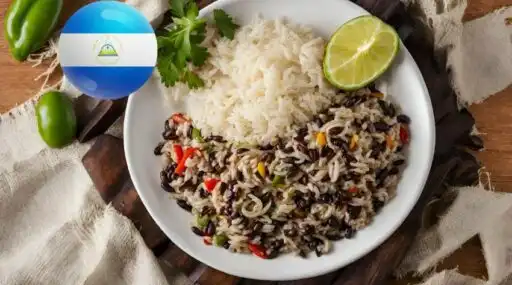


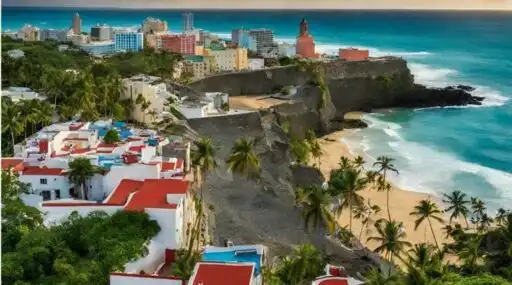
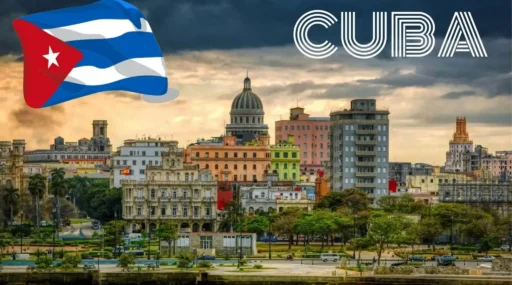
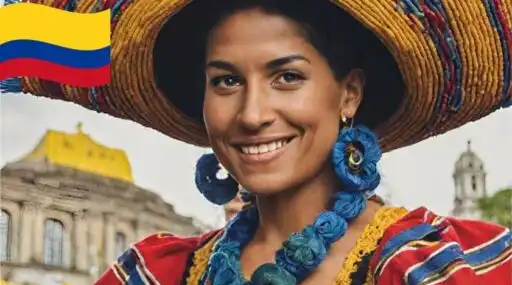
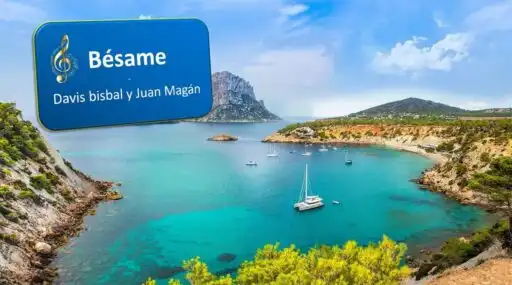



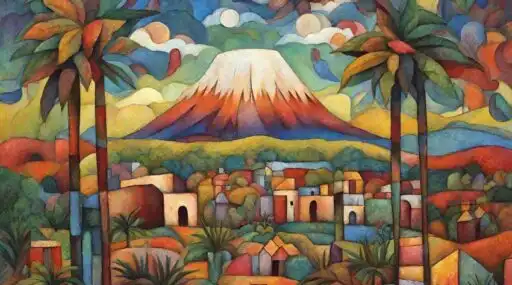


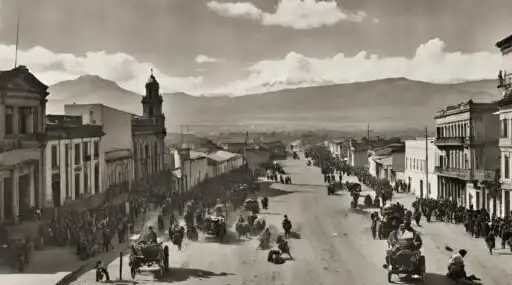

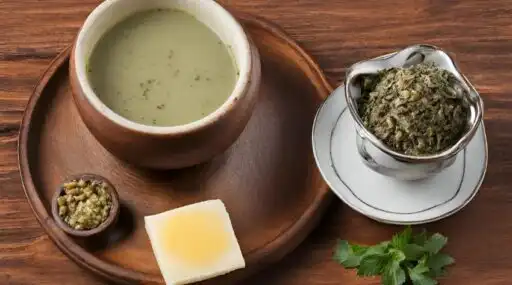
Leave a Reply